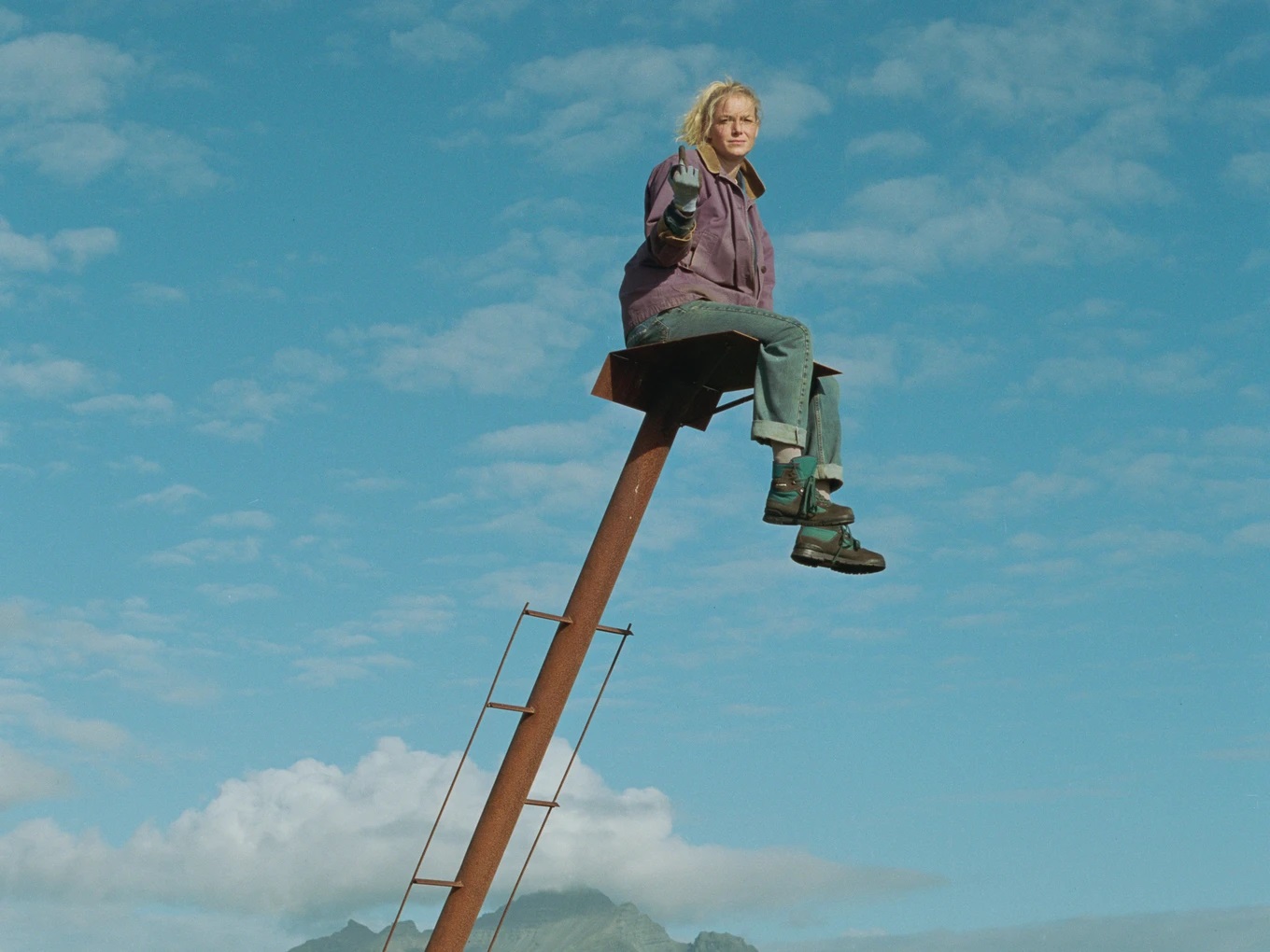Fractures, Winds and Quiet Intensities: Mapping the European Film Festival in Lecce
How the 26th edition revealed shifting emotional terrains across contemporary european cinema
The 26th European Film Festival took place in Lecce from November 15 to 22, 2025, at the Multisala Massimo. Directed by Alberto La Monica, the festival presented more than two hundred titles including features, documentaries and shorts, offering a broad view of current European filmmaking. Ten films competed for the Golden Olive Tree – Cristina Soldano Award, forming a selection that explored intimate crises, fragile relationships and the tension between personal identity and social surroundings.
This edition was marked by a recurring concern: the way love, family and emotional responsibility are reshaped by the pressures of an unstable world. The competition programme, curated by Alberto and Luigi La Monica, featured films that examined domestic life as a space where social, economic and psychological frictions accumulate. In White Snails (Weiße Schnecken), Elsa Kremser and Levin Peter follow two solitary characters drifting through nocturnal spaces, creating a poetic and unsettling reflection on the romanticisation of self-destruction. In What Marielle Knows (Was Marielle weiß), Frédéric Hambalek studies marital hypocrisy and parental disorientation through the eyes of a teenage girl. Karin Junger’s The Pupil (De leerling) focuses on the fragile bonds between adults and minors inside educational structures, revealing the vulnerability implicit in networks of trust.
From Iceland came Hlynur Pálmason’s The Love That Remains (Ástin sem eftir er), a film that approaches the family unit from the perspective of elemental forces, where emotional fatigue and creative desire echo the rhythms of the natural landscape. Stroma Cairns’ The Son and the Sea deals with adolescence and loss, embracing a gentler register that resonated strongly with the audience. Across the selection, the presence of children as silent witnesses to adult contradictions emerged as a central motif.
Beyond the competition, the festival articulated its identity through two major retrospectives. A ten-film tribute to Lars von Trier traced the evolution of his cinematic language, from The Element of Crime to The House That Jack Built, while a parallel retrospective on Saverio Costanzo explored enclosed spaces, historical memory and the psychology of fear. Both homages suggested a dialogue between established authors who have redefined European cinema and the younger filmmakers presented in competition.
As members of the FIPRESCI jury, we awarded The Love That Remains (Ástin sem eftir er) by Hlynur Pálmason. The film follows a family living in Iceland as they confront the stark beauty and indifference of nature, the shifting dynamics between husband and wife, and the weight of artistic ambition. We felt that the courage of the central female character is reflected not only in her actions but in the entire structure of the film. Pálmason’s approach to image, sound and time constructs a world in which every gesture carries emotional residue, and where the landscape becomes a silent co-author. For its radical yet tender exploration of family, creativity and environment, we considered it the most accomplished work in competition.
The main international jury, presided over by Lene Børglum and including Marco Giusti, Dubravka Lakić, Paolo Strippoli and Olena Yershova, awarded the Golden Olive Tree to White Snails. Their decision highlighted the film’s capacity to transform a marginal encounter into an examination of mortality and longing. The same jury honoured The Pupil with the Special Prize, The Love That Remains with the Best Cinematography Award, and What Marielle Knows with the Best Screenplay Award.
Additional juries deepened the portrait of the festival. The Italian National Syndicate of Film Critics (SNCCI) granted its award to What Marielle Knows. Cineuropa selected The Love That Remains once again, noting the film’s balance between minimalism and emotional resonance. The award for Best European Actress from the SNGCI went to Claud Hernandez for her performance in When a River Becomes the Sea (Quan un riu es converteix en mar). The audience chose The Son and the Sea, responding to its clarity of emotion.
Local talent was highlighted through the Puglia Show competition, with prizes assigned to Eggplant, Sette settimane, Quand tu dors and a special mention for Felicidad. On the national level, the Mario Verdone Award went to Greta Scarano for La vita da grandi, while the Emidio Greco Award recognised Pizza Flash by Luca Guanci, accompanied by a special mention for Oliver Ressler’s documentary We Are the Forest Enclosed by the Wall. The Rotary Club Lecce Award was given to Come fosse luce by Corrado Punzi.
The festival atmosphere was shaped by the city itself: Lecce’s baroque architecture, the November air, and the close contact between filmmakers, audiences and critics. The design of the prizes, crafted from local olive wood following the devastation caused by xylella, linked cinema to the region’s material and ecological history. In this sense, the event demonstrated how a festival can unite European cinema with a specific territory, turning a week of screenings into a shared reflection on vulnerability, resilience and the possibilities of renewal.
Nicola Davide Angerame
©FIPRESCI 2025

